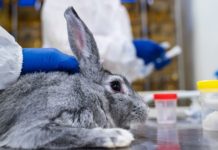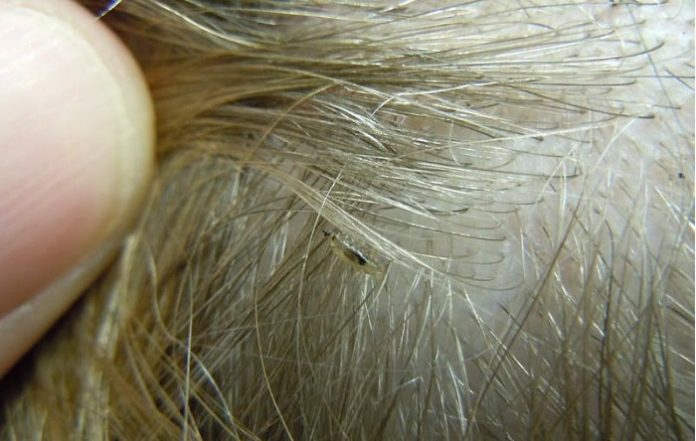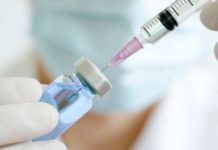The head louse, also known as Pediculus humanus capitis, is a parasite that can be found in human hair, eyebrows, and eyelashes. Head lice bite into the scalp or skin and feed on blood. The bites can lead to extreme itching.
Head lice are spread by direct contact with the hair of an infested person. Experts state that contact with clothing or personal items (such as hat, hairbrush, or coat) does not transmit the lice, although it’s probably a good idea not to share personal items.
Head lice are not known to spread disease, although extensive itching can lead to a secondary bacterial infection. A major myth is that head lice affect only those with poor hygiene, or who are disadvantaged or low-income. There is also a stigma that having head lice means that person is “dirty” or lives in an unclean house, and that could not be further from the truth.
Head lice are found worldwide. In fact, head lice play no favorites, and anyone can get infected, including adults, although preschool and elementary children are more at risk. Reliable treatments (pediculicides) are available without a prescription for head lice treatment, but be sure to follow directions closely and ask your pharmacist if you have questions about the treatment. However, head lice are developing resistance to the common OTC treatments, like permethrin, so prescription products may be needed for resistant cases.
Here are the answers to some common questions parents may have about head lice treatment.
- The first sign of lice may be excessive itching around neck area and ear area.
- Parents should talk with their pediatrician first before using any medication on children age 2 and younger.
- Check with the school nurse to see if there have been any infestations reported in the school, and alert the school nurse that your child has head lice.
- Use a metal nit (lice egg) comb instead of plastic one, if possible. Combs often comes in the treatment packages, or you can buy one separately.
- Avoid home remedies, like mayonnaise, vinegar, or petroleum jelly — these are not effective according to the Centers for Disease Control and Prevention (CDC).
- All children who sleep closely in the same quarters should be examined for head lice, and treated at the same time if needed. Other household members should be checked, too. Household pets, like dogs or cats, cannot transmit human lice.
- OTC products effective for lice treatment include pyrethrins (A-200, Pronto, R&C, Rid Triple X) and permethrin lotion (Nix). A second treatment often is necessary on day 9 or 10 to kill any newly hatched lice.
- If lice are still present the day after the final treatment with OTC head lice products, contact your doctor for additional advice. Prescription products such as Ulesfia, Sklice, Ovide and Natroba are now available and may be more effective on resistant lice. The American Academy of Pediatrics (AAP) no longer recommends lindane as a pediculocide. Do not use lice treatments more often than recommended by your doctor or on the package label.



























